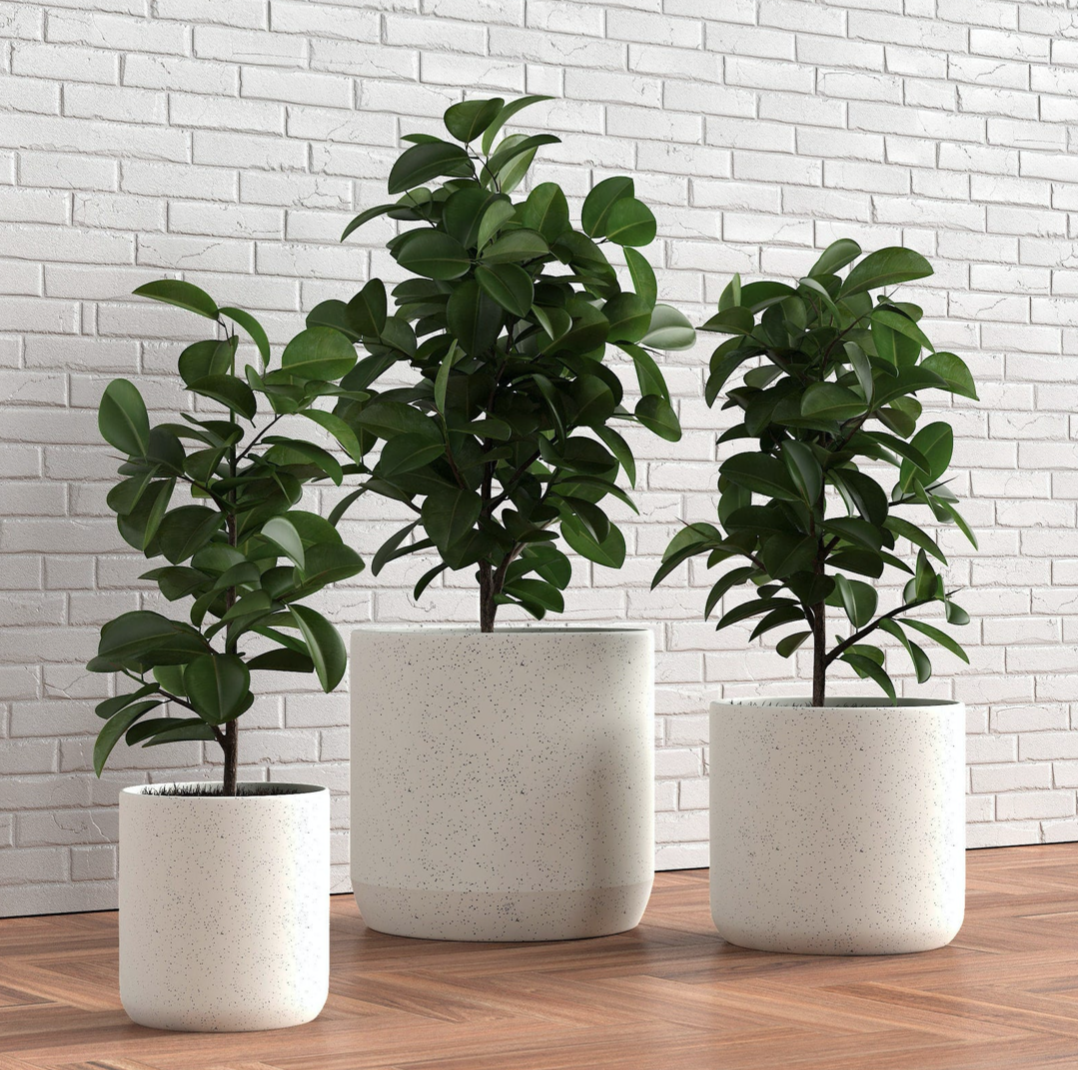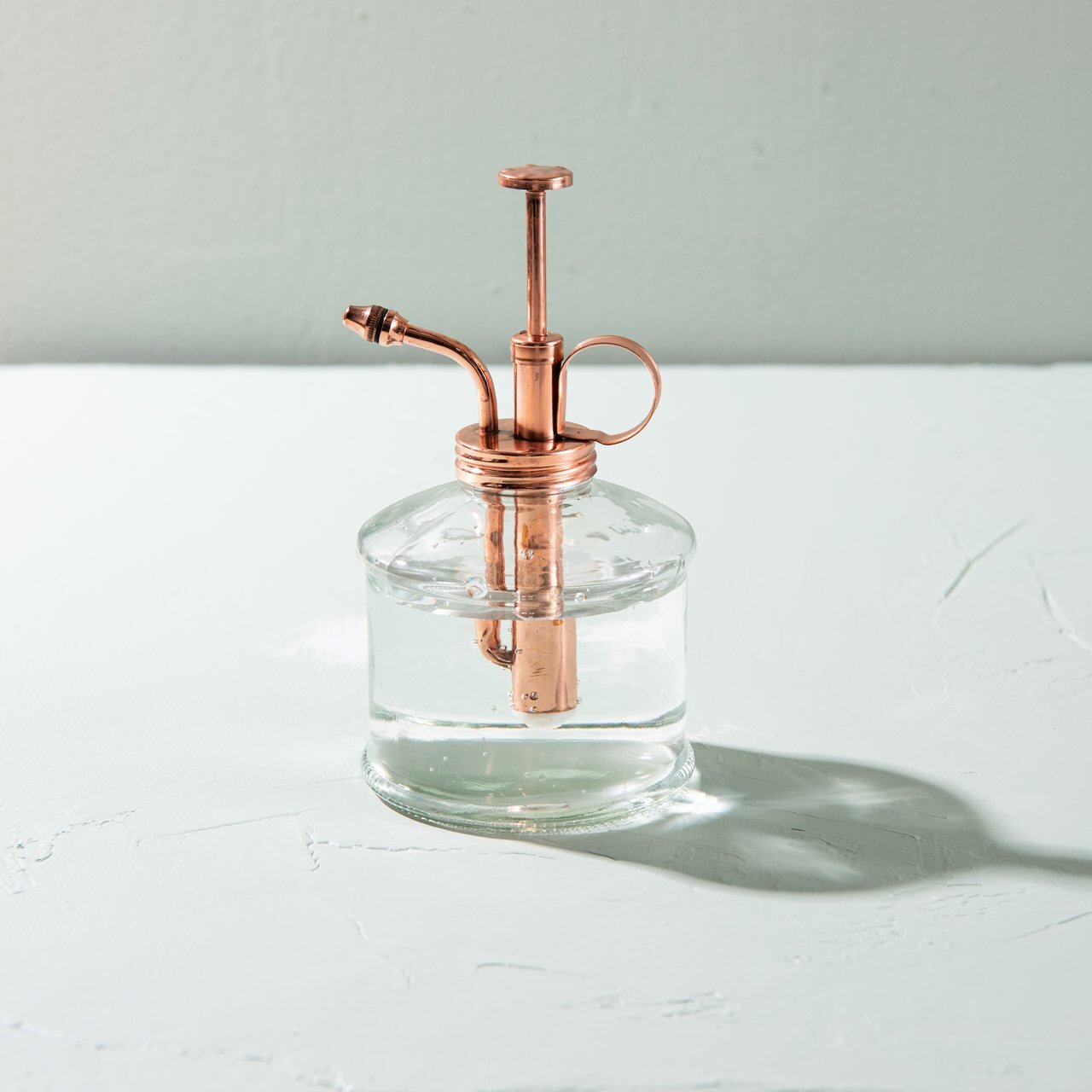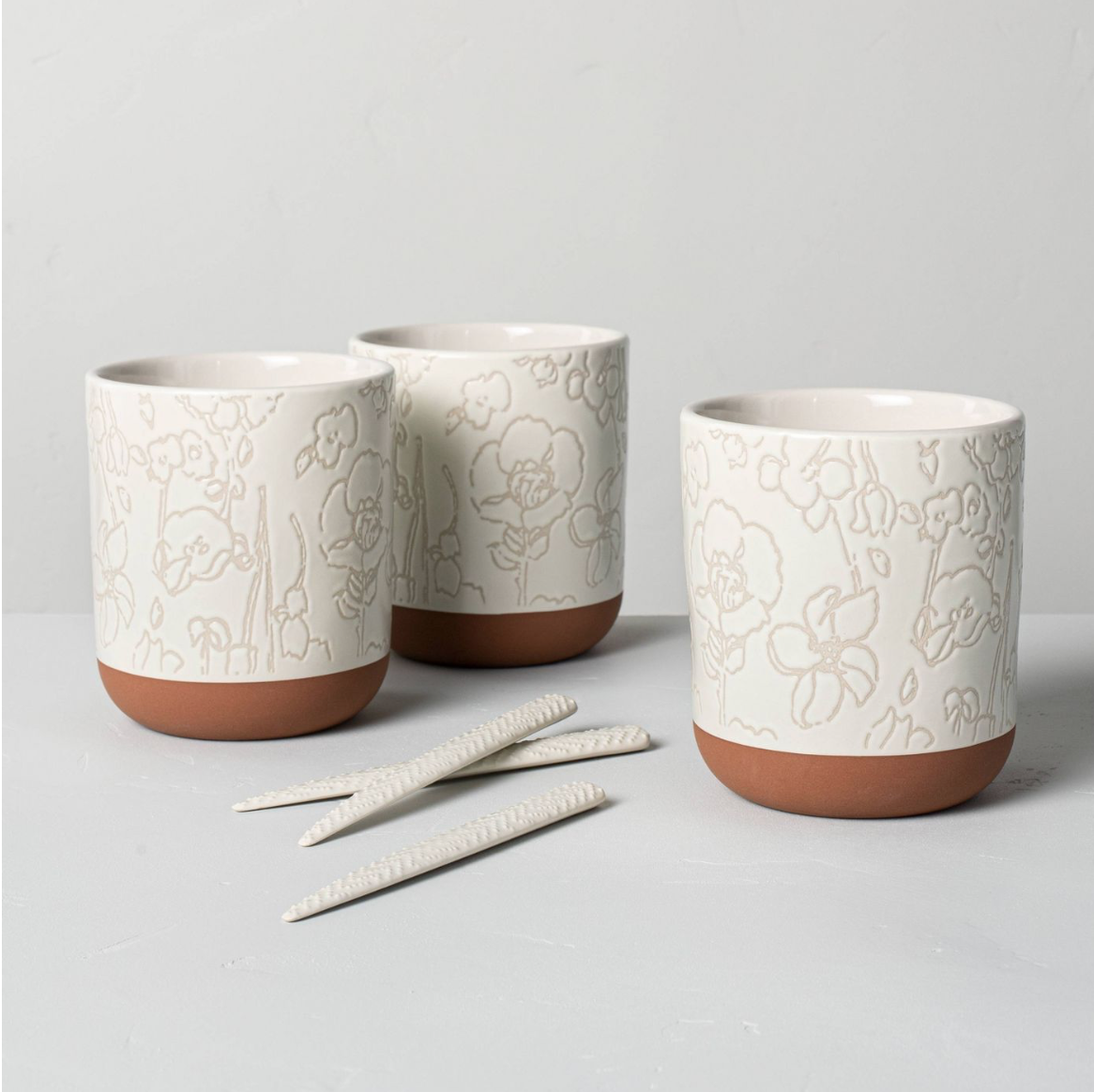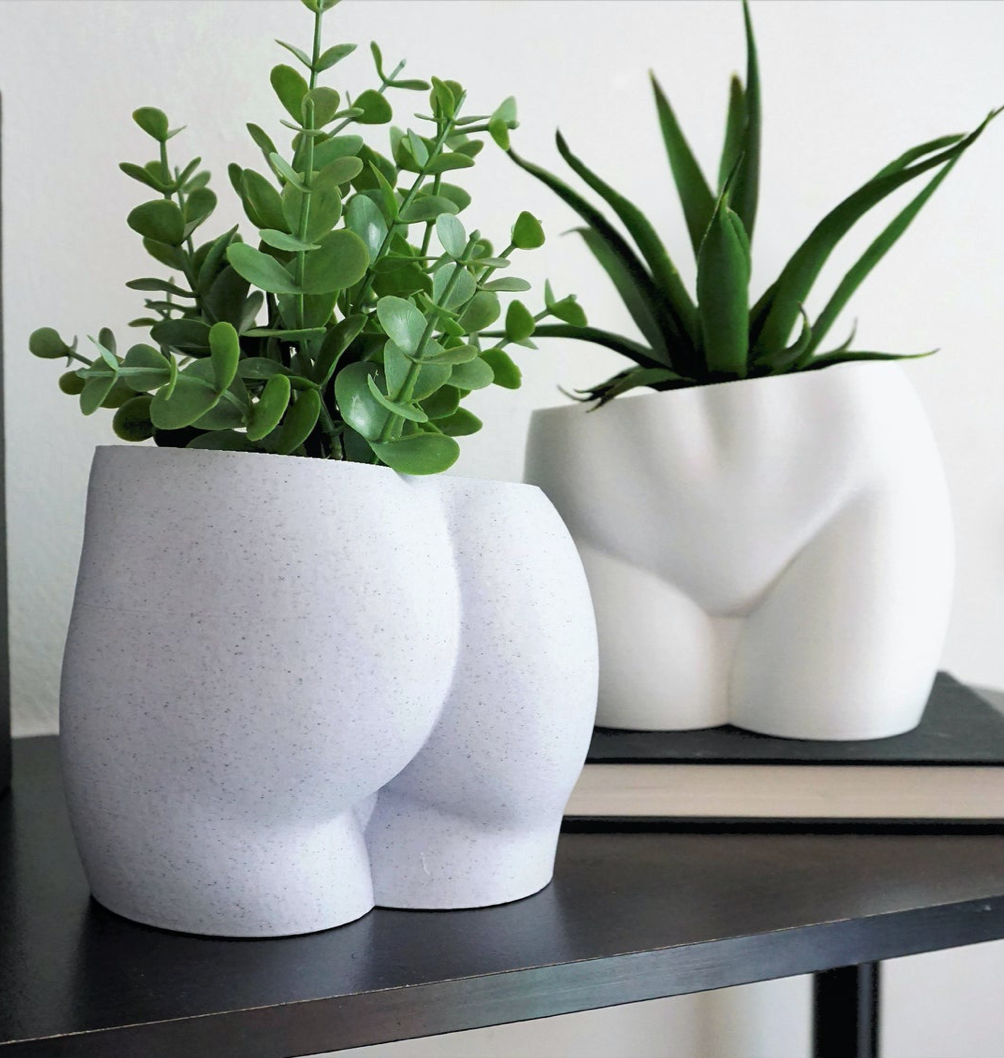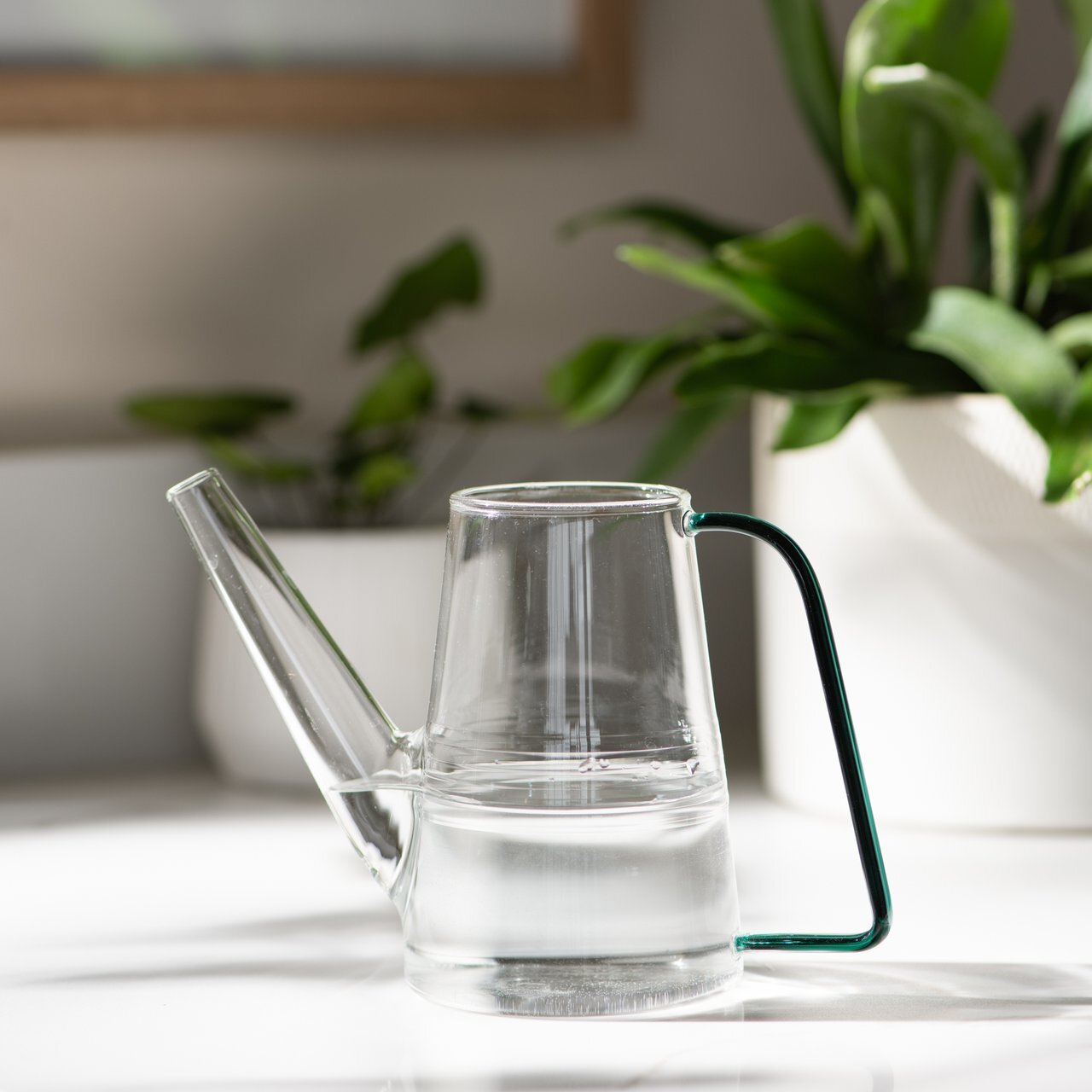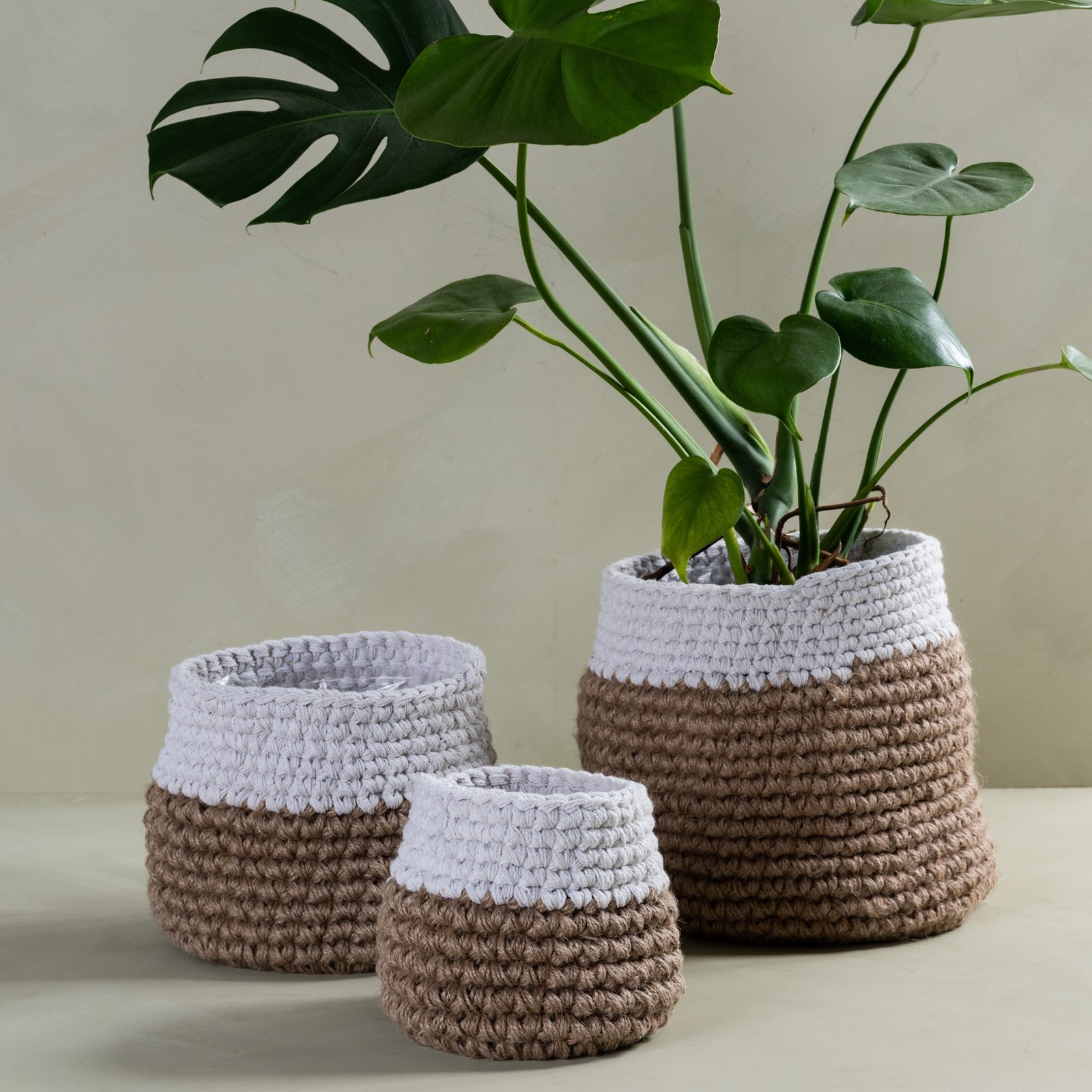5 Low Maintenance Houseplants You Need in Your Home
Houseplants, seem like the easiest creatures to care for: minimal watering, some sunlight exposure, and voila that’s it. In reality, that’s actually not the case. Houseplants can be super tricky, some requiring more water and nutrients than others. If you follow me on Instagram, you know I’ve become a crazy plant lady over the quarantine. Lu and I have about 35 plants (wild, I know) in our home and we’re always tempted to buy more. Today I’ll be sharing with you guys 5 low-maintenance houseplants you need in your home and how to take care of them. I’ll also be breaking down everything from PH levels to how much direct and indirect sunlight your plants need, as well as organic nutrient-based fertilizers you may already have in your home.
Incorporating plants into your home is a great way to bring the outdoors in, especially during cold New England weather. They’re also great for decorative purposes— adding life and pops of color to any room. I aim to have a healthy amount of houseplants throughout each room in our home, from the living room to my office and bedroom, there are a few plants here and there to add life and character to each space. The plants I’m sharing today are of all shapes and sizes, giving you variety and options to choose from.
My 5 Favorite Low Maintenance Houseplants:
In my home, I have a wide variety of plants. They’re all fun, cute, and quirkly in their own way so it’s hard to choose which ones are my favorite favorite, but I will share the ones that are relatively low maintenance and easy to care for. You don’t have to be a botanist to care for these babies, you just need to follow a few simple rules and tips!
Snake Plant
Snake plants are very easy to care for in the sense they require very minimal work. They can be neglected for weeks at a time and still look healthy (please don’t abandon your plant for weeks). They like indirect sunlight and not too much water, especially in the winter. If you’re not sure how much water to give your snake plant, less is more. It’s better to have your plant a little dry than soaking wet. They will get tall so make sure you plant them in deep enough pots to allow for their growth.
Monstera Deliciosa
Monsteras thrive in light to medium indirect sunlight. They have the tendency to trail and open up their leaves towards the light so place them in an area where they will get equal light from all sides. You can water your monstera every 1-2 weeks. Me personally, I water mine every week because it’s in a large planter and it has grown a lot, requiring it to pull more water and nutrients from the soil.
Aloe Vera
Aloe plants are succulents and drought tolerant plants. They are a little tricky when it comes to watering because you have to get it just right. So, I suggest using cactus soil and a water moisture meter to ensure it has proper water retention and is getting the right amount of water. If your aloe plant becomes dark and wilted, it’s been overwatered and is in danger of dying. You want your aloe vera plant to be nice and perky, if it becomes soft and slouches over, it has too much water. You can water your aloe plant every 2ish weeks, depending on the size and depth of the pot. Aloe plants love bright, indirect sunlight. Direct sunlight exposure will dry out the plant completely.
Pothos
Pothos are a great starting plant if you’re new in the game. They are very go with the flow, low maintenance plants. They thrive in bright indirect light as well as low light. You can water your pothos once every week or two. Let the soil try between waterings and look at the stature of the vines and leaves. If they’re tall and perky, up towards the sun, the plant is happy and well watered. But once the vines and leaves drop, and it looks droopy, it’s dehydrated and needs water. You can fertilize your pothos once every three months, but I personally don’t. They grow exceptionally well if in nutrient rich soil.
Fiddle Leaf Fig Tree
My absolute favorite plant child out of the bunch. Fiddles require a lot of sunlight, the more leaves, the more time in front of the sun they need in order to grow. As much as fiddles love the sun, they also love water. Make sure your fiddle is in a pot with proper drainage to allow for any excess water to exit. Water your fiddle every week and make sure to not just water the roots, but the whole surface area of the pot. Fiddles have gorgeous, large leaves that need extra care and maintenance. Due to their large surface areas, the leaves collect dust and dirt. Every week or so, take a warm damp paper towel or wash cloth and gently clean the leaves. By cleaning off their leaves, you allow for the plant to get as much sunlight as possible. One last tip, rotate your fiddle every 2-3 weeks to give all sides of the plant enough sunlight. And don’t move your plant around your home! Fiddles can be finky and don’t like to be messed with too much.
What to do when you get a new plant:
When taking new plants home, it’s important to let them sit in the plastic container they came from for at least a day or two. This is to ensure the plant gets acclimated to the temperature and enviornment of its new home. This also will prevent a sick plant from infecting other plants. You never know how well nurseries take care of their plants and look out for infestations and sick plants. If you place a sick plant near your other plants, it’s likely that whatever insects or sickness the new plant has, will spread to the others.
Before you repot your plant into its new pot, there are a few things you need to do:
Make sure you’re placing your plant into a larger, deeper pot that will allow it proper space to grow. Aim to give your plant a few inches of space from the border of its pot.
Check the moisture of the soil the new plant is currently in, if i’s already moist, no need to water it when placed in it’s bigger pot. Give it some time to dry and acclimate before watering. If the soil is on the dryer side, feel free to wet it and the rest of the soil in the larger pot.
How to Fertilize Your Plants Without Using Harsh Chemicals:
You don’t need to buy fertilizers and chemicals you can’t pronounce to feed your plants. Everything you need to build strong roots and leaves are right in your own home! These are a few items I use from time to time to give my plants an extra boost of lovin’.
Put your bananas to work! Don’t toss your banana peel, cut it into small pieces and toss it into your watering can. Add water and let it soak for about an hour, the longer the better. Banana peels in water release potassium, calcium, phosphorus and magnesium—essentially all the nutirents your plants need!
Feel good about your morning coffee. Going to toss those leftover wet coffee grounds? Keep ‘em. Coffee grounds mixed with a can of soda water and a teaspoon of cinnamon create a nutrient rich fertilizer with potassium, phosphorus, nitrogen and other minerals. Use this mixture once a week, or once a month to keep your plants happy and healthy.
Plant Vases, Pots & Accessories I’m Loving Lately:
Throughout our home, we’ve got a variety of planters ranging from wooden baskets to terra-cotta. I like to incorporate different styles, colors, and designs when it comes to our planters because not only does the plant itself add character and charm, so does the planter you choose to put it in.
Whether you’re looking for something small and detailed or minimalistic and chic, I’ve put together a few of my favorite planters, pots, and accessories I’ve been loving lately. Let me know in the comments if you’re purchasing an item from below, I’d love to see how you incorporate it into your home!
Plant Nurseries in Connecticut:
For all my Connecticut natives, I’m sharing my go-to favorite plant nurseries. I only have two favorites at the moment, I’m afraid if I venture out and explore new nurseries, our home will turn into a jungle. I’d love to hear from you guys about your favorite nurseries, let me know in the comments where I should go next!
Moscarillo’s Garden Shoppe, West Hartford, CT
The place where my obsession began, Moscarillo’s Garden Shoppe in West Hartford. This nursery is in the small to mid-range in terms of physical size and plant offerings. I’ve never had an issue finding a specific plant. If anything, I always end up walking out with too many plants. The staff is very welcoming and they have the cutest pots and accessories!
The Garden Barn Nursery and Landscape, Vernon, CT
Be prepared to spend all day here, literally. This nursery spans over 13 acres and features any and all species of plants you could think of. From trees to shrubs, houseplants, and garden/yard plants, The Garden Barn is literal green heaven. They also have a free rewards program where you get monthly discounts and perks.
Plant Health Tips: Warning Signs to Look Out for
Every time I water my plants, I always make sure to inspect the plant for a few things:
The moisture level of the soil. Stick your pointer finger into the soil and if it comes out completely dry, your plant is starving for water. If it comes out with bits of dirt and soil, it’s too wet and doesn’t need more water. Now, if you dig your finger in deeper and realize it’s still wet, you’ve overwatered the plant and it could be at risk of root rot. Root rot is when your plant has been overwatered and is sitting in too much water, causing the roots to rot and eventually kill the plant. If your soil is too wet, move your plant closer to the sun, (not entirely directly in the sun, you don’t want to burn it) but give it some space to dry up and use a bamboo skewer to poke holes throughout the plant and give it airflow and proper oxygen to dry out.
The color and consistency of the soil. If your soil is rock hard, the plant may be very dry and lacking nutrients. When you water it, add a little bit of fertilizer to give it a healthy boost. Also, check to see if your soil has fuzz or mold on it. If it has fuzzy spots throughout, it could be mold from a surrounding sick plant or poor air quality. I suggest removing the top portion of the soil, adding cinnamon to the affected areas (cinnamon helps combat mold), and letting your plant sit next to a window to get fresh air.
The color of the leaves. I always check my leaves to see if they’re looking sad or sick. If they’re sad, they tend to face down or slouch on one side. This often means they either need sunlight or water. If they’re sick, they may be discolored or have burns or spots throughout them. I always trim the sick/discolored leaf and inspect the rest of the plant and stem to ensure everything else looks safe and strong.
If your plant is too wet, it may become a nesting ground for insects/bugs such as fruit flies and gnats. If your plant is infested, use neem oil and gnat traps to get rid of those pesky critters!
When in doubt, less is more! If you’re unsure about how much water to give your plant, just give it a little bit of water—don’t overdo it. It’s better to have it dry and watered occasionally than soaked and at risk of root rot.
Taking some time to inspect your plant during each watering will ensure it’s healthy and doing well, and will also prevent you from having a panic attack/scare when you realize you either forgot to check on your plant that week or killed it completely. Taking care of plants is actually not that hard, it’s all about baby steps.
General Plant Care Tips:
Water your plant less in the winter. Your plant’s growth will naturally slow down in cold, dark months, therefore reduce the amount of water you give it. If you’re unsure how much water to give your plant, insert a finger and if the first 2-3 inches of the soil are dry, water your plant.
Clean your plant’s leaves. Gently use a damp paper towel or wash cloth to remove dust and dirt. By doing this, you’re allowing the plant to get full, clean access to sunlight.
Fertilize in the summer, not the winter. You can fertilize your plants, often though. You don’t want to shock your plant with too many nutrients or create a dependency. I personally will fertilize my plants once every 2-3 weeks in the summer.
Use a humidifier. If you have central air or always have your windows closed, feel free to open up your windows or turn off your A/C. Give your plants the time to get natural air and use a humidifier to add moisture into the environment. Humidifiers work best in the winter when there is a lot of warm, dry air in your home. They prevent plants from getting brown leaf tips and keep them moisturized.
Having Plants Throughout Your Home Can Improve Your Mental Health
No surprise here, surrounding yourself with nature can actually benefit you! (Who knew). According to Psychology Today, people who surround themselves with indoor or outdoor plants experience emotional and mental health benefits that have a positive impact on their social, psychological, physical, cognitive, environmental, and spiritual well-being. Benefits include reduced stress, reduced symptoms of depression, and higher levels of creativity and productivity.
I will admit, throughout the last year, plants have become a source of self-care I didn’t expect. Carving the time out of my week to water, nurture, and care for these plants gave me time to myself. It gave me time to think and not think— to let my mind wander aimlessly without an agenda. It gave me something to look forward to, whether it be the growth of a new leaf or a plant flourishing in height and stature. Cleaning, watering, and caring for my plants has become a hobby, although a small one, one I care a lot about.
If you’re thinking about getting a plant but aren’t sure which one to get, feel free to reach out to me or get one of my favorites from above. If you need any tips and plant parent advice, drop a comment below! Or simply say hello(:
As always, please make sure to subscribe to my blog, your support truly means the world to me!
Till next time,
Xo






